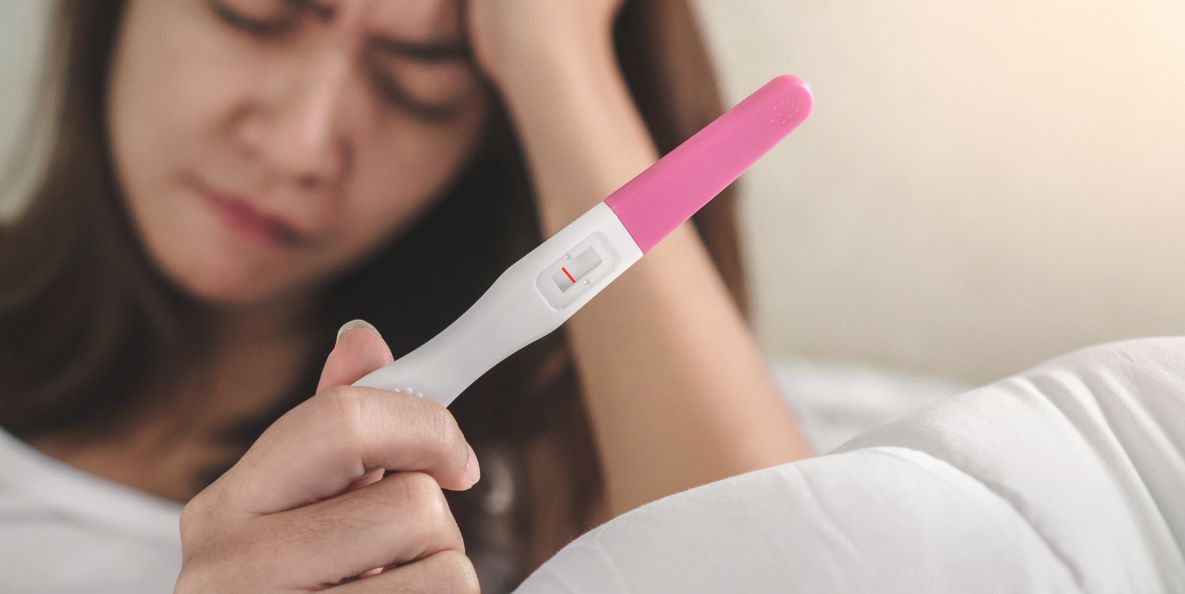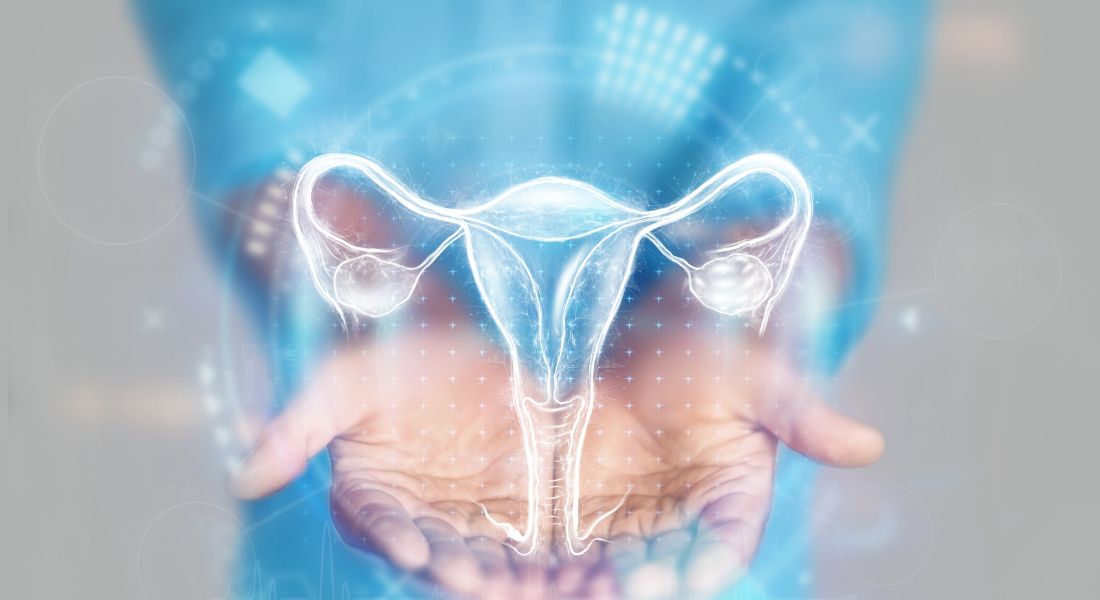Categories
Polycystic Ovarian Syndrome (PCOS)
Nov 18, 2022
In the recent years, the incidence of Polycystic Ovarian syndrome (PCOS) in India is on the rise and becoming a major cause of concern especially in women seeking fertility. This rise is primarily attributed to the modern day lifestyle of young women, predominantly being sedentary with improper dietary habits and lack of exercise leading to obesity. It is now being recognised as the “new lifestyle disease.”
What is PCOS?
PCOS is a common condition of abnormal function of ovaries (ovarian dysfunction) in young women associated with metabolic and endocrine disturbances. The estimated prevalence is 5-10% world over and presently reported to be as high as 20-30% in urban Indian women.
What causes PCOS?
It is a multifactor disorder with the exact cause being largely unclear. There is an underlying hormonal imbalance because of hyper-secretion of androgens (testosterone hormone) by the ovaries and increased insulin resistance, which manifests as diverse range of symptoms from acne to sub-fertility. PCOS has a genetic predisposition with dominant mode of inheritance and is observed in 50% of first degree relatives. PCOS has a unique interaction with obesity. About 70-80% of women with PCOS are obese. PCOS can exist without clinical symptoms and only manifest under circumstances of gain in weight. Being overweight or obese is not the underlying cause for PCOS, but if obese, induces insulin resistance and insulin levels further exacerbating the hormonal imbalance. High insulin levels can contribute to further weight gain producing a vicious cycle.
Common Manifestations
There are a range of symptoms varying from mild to severe and with age, being:
1.Menstrual irregularities: women with irregular cycles or absent menstrual cycles
2.Signs of androgen excess: acne, excessive growth of body hair and thinning of scalp hair
3.Sub-fertility or Infertility: women experience difficulty in getting pregnant
Other symptoms: Weight gain, metabolic disturbances (diabetes, high cholesterol) and psychological symptoms (low self image and depression) Symptoms typically begin in late teens or early 20s. Not all symptoms occur in all women. In younger women, reproductive symptoms predominate and in older women, metabolic symptoms predominate.
How does it cause infertility?
PCOS is the most common cause of anovulatory infertility. Women with PCOS have difficulty in getting pregnant spontaneously as the hormonal imbalance causes impaired growth of the follicles leading to delay or failure to ovulate. However 50% of women with PCOS conceive spontaneously as they may ovulate although time to conceive is often increased. Obesity independently exacerbates infertility, reduces efficacy of infertility treatment and induces a greater risk of miscarriage.
How is PCOS diagnosed?
PCOS is primarily diagnosed based on the clinical manifestations, hormonal evaluation and ultrasound. It is necessary to rule out other conditions which manifest similarly, i.e., thyroid disorders, hyperprolactinaemia, Cushing’s syndrome and others, as PCOS is a diagnosis by exclusion. Blood investigations include prolactin and thyroid stimulating hormone tests to exclude other disorders and testosterone, SHBG and free androgen index to assess androgen status. Pelvic ultrasound is done for ovarian morphology and endometrial thickness, which shows polycystic ovaries, i.e., at least 12 small antral follicles in each ovary. Oral glucose tolerance test (rather than fasting glucose) and lipid profiles are appropriate in all women at diagnosis.
Treatment for Women seeking fertility
PCOS is not uncommon and not an impediment to becoming pregnant, but needs a little help getting pregnant.
Lifestyle change is a prerequisite in the management of the majority of PCOS women who are overweight. Weight loss is essential for obese women with PCOS. It has been shown that even a 10 to 15 per cent weight reduction resulted in spontaneous conception in about 75 per cent of obese infertile women with PCOS. A healthy diet with low glycemic content with regular exercise is recommended.
Insulin Sensitisers (Metformin): It helps to decrease the insulin resistance and normalise the hormonal levels. These are normally used to treat diabetes. It may also be used in PCOS to decrease the insulin resistance and normalise the hormonal levels. It helps to regulate ovulation in women with PCOS.
Clomiphene: This is the first line treatment for infertility in women with PCOS. It helps in the growth of the follicles and induces ovulation. 30-50% of women get pregnant after six ovulatory cycles.
Gonadotrophins: Gonadotrphins are hormonal injections which help to induce ovulation. These are given if the first line treatments are not successful.
Laparoscopy with ovarian surgery/drilling (LOS) is considered if other medications have failed. The pregnancy rate with LOS is as effective as 3-6 cycles of gonadotrophin ovulation induction. IVF: This is recommended for women who have not responded to above treatments, IVF is recommended option.











